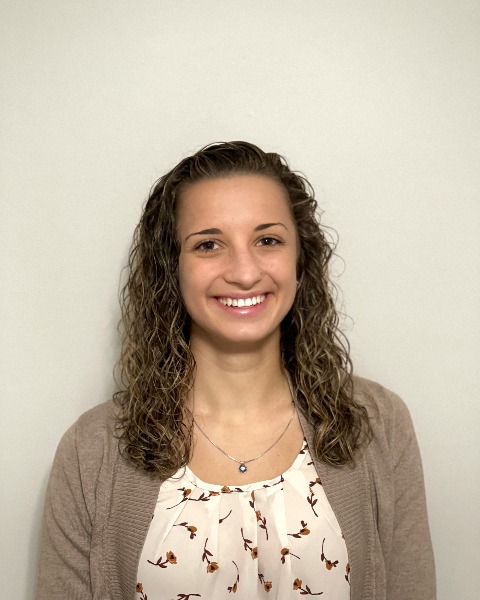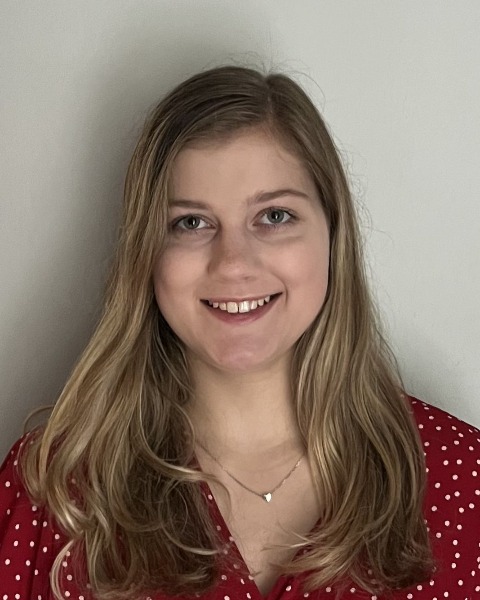Pediatrics (P)
PP1103 - Incorporation of Wideband Absorbance Testing in Newborn Hearing Screening Protocols

Caitlin Greer
Audiology Doctoral Student
University of Louisville
Louisville, KentuckyDisclosure(s): No financial or nonfinancial relationships to disclose.

Yana Estes
Audiology Doctoral Student
University of Louisville
University of Louisville
Clover, South CarolinaDisclosure(s): No financial or nonfinancial relationships to disclose.

Emily M. Jones
Audiology Doctoral Student
University of Louisville
University of Louisville
Louisville, KentuckyDisclosure(s): No financial or nonfinancial relationships to disclose.

Hammam AlMakadma, AuD, PhD
Assistant Professor
University of Louisville
Louisville, KentuckyDisclosure(s): William Demant Foundation: Research Grant (includes principal investigator, collaborator or consultant and pending grants as well as grants already received) (Ongoing)
Lead Presenter(s)
Presenter(s)
Summary:
Hospital-based universal newborn hearing screening (NHS) is adopted worldwide for early identification of congenital hearing loss. Given the paramount importance of timely intervention for preventing permanent developmental delays, practice guidelines recommend identification by 1 month of age, diagnosis by 3 months of age, and intervention by 6 months of age. Unfortunately, a considerable 32.7% of infants identified with permanent congenital hearing loss are late to receive diagnosis and interventions.
Otoacoustic emission (OAE) and automated auditory brainstem response (AABR) are routine screening tests which record sensory and neural responses, respectively. Responses are evoked by an auditory stimulus presented in the ear canal and conducted through the middle ear, known as the ‘sound conduction pathway’. However, naturally occurring obstructions such as ear canal vernix and middle ear mesenchyme result in considerable false-positive outcomes; 76-94% of all failed OAE and AABR tests. Obstructions in the conductive pathway are temporary and resolve spontaneously but severely impact hospital-based screening during the first 48 hours of life.
Since current NHS test protocols lack means for determining whether a “fail” outcome is the result of a temporary conductive dysfunction or a true case of sensory-neural hearing loss, repeat of inpatient and follow-up outpatient screens are administered indiscriminately to all newborns who fail their screening. In addition to being a costly and inefficient process, high rates of loss-to-follow up lead to further delays in interventions for cases at risk for permanent congenital hearing loss.
Incorporating wideband acoustic immittance (WAI) as sound conduction pathway can determine the presence of conductive dysfunction which will lead to more conclusive interpretations of OAE and AABR outcomes, as well as a more intentional and effective referral paradigm. For example, suppose an infant fails the screening and shows a normal WAI test result, indicating no obstructions to sound. In that case, the infant is at elevated risk of sensory-neural hearing loss and should be prioritized for diagnostic evaluation without additional delays. In comparison, an infant with an abnormal WAI test can be targeted intentionally for further inpatient and/or outpatient rescreening.
Since the immature cartilaginous ear canal walls of newborns/infants are compliant to tympanometric pressure, assumptions underlying traditional tympanometry are violated, rendering it inappropriate and ineffective. Alternatively, WAI testing does not require pressurization of the ear canals. Wideband power absorbance (WBA) has received increasing attention as the WAI measure for clinical use. Recent advances in clinical research have proven its effectiveness for implementation for the assessment of newborn sound conduction pathways. Moreover, WAI recording is quick and efficient. Recordings are conducted using OAE-type ear-canal probes and can be evaluated using commercially available instruments.
In this presentation, we introduce for the first-time updated NHS screening protocols to augment current OAE- and/or AABR-based protocols with WBA measurements. Attendees of this poster presentation will be able to (1) assess WBA measurements as normal or abnormal, (2) outline flowcharts of NHS protocols that incorporate WBA measurement along with OAE/AABR tests, (3) describe a referral matrix based on OAE/AAR and WBA outcomes.
Learning Objectives:
- Describe newborn hearing screening protocols that are augmented with quick immittance testing, and how they inform improved referral paradigms.
